My six-day experience in an Indian ashram
Phool Chatti Ashram
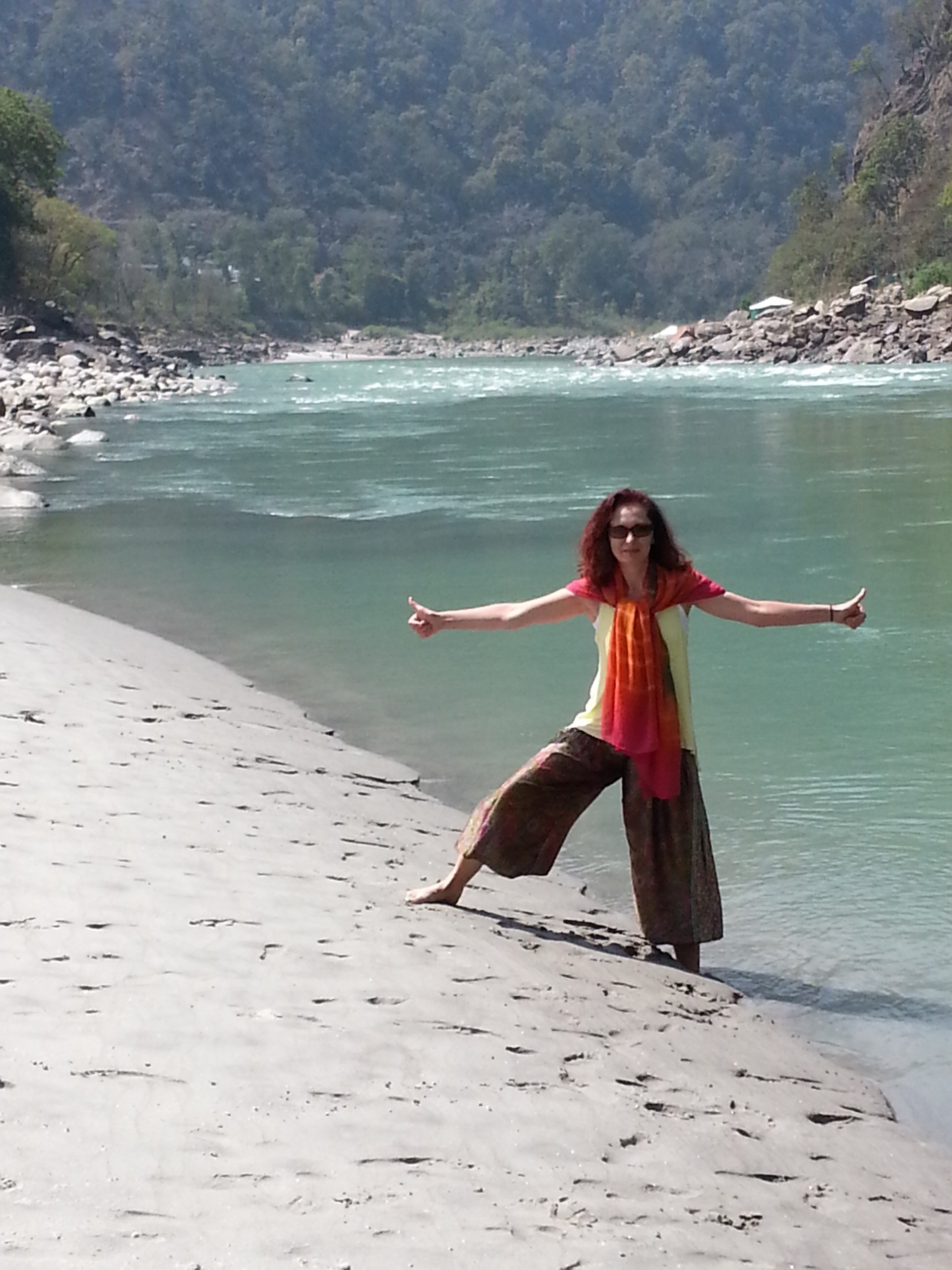
Driving by my curiosity about Spirituality I dropped into one of the Indian tourist agencies and described my needs.
The tourist agency lead me to Phool Chatti Ashram, which is managed by a woman who, in 2013, was in her late 30s: Yoga Master Sadhvi Lalita Nand.
Phool Chatti is located near Rishikesh, five kilometers from Laxman Jhula, which offers a peaceful place for concentrating on spiritual practices.

I received information about this ashram the same day it started its seven-day program. On the phone, I asked one of the teachers about the possibility of participating, and I received approval.
I reached Laxman Jhula, which is north of Rishikesh, crossed a narrow footbridge (which wasn’t easy with my luggage) and took a taxi to Phool Chatti. (You can also walk there if you don’t have luggage; you’ll get to the ashram in one hour. )

The ashram was positioning the course as a seven-day program, but in fact it was less than six full days. The first day involves an arrival and introduction, and on the last day, you must leave the ashram after lunch.
I attended the program from 18 to 24 March 2013. I can’t remember the fee, but it was reasonably priced.
Settling in
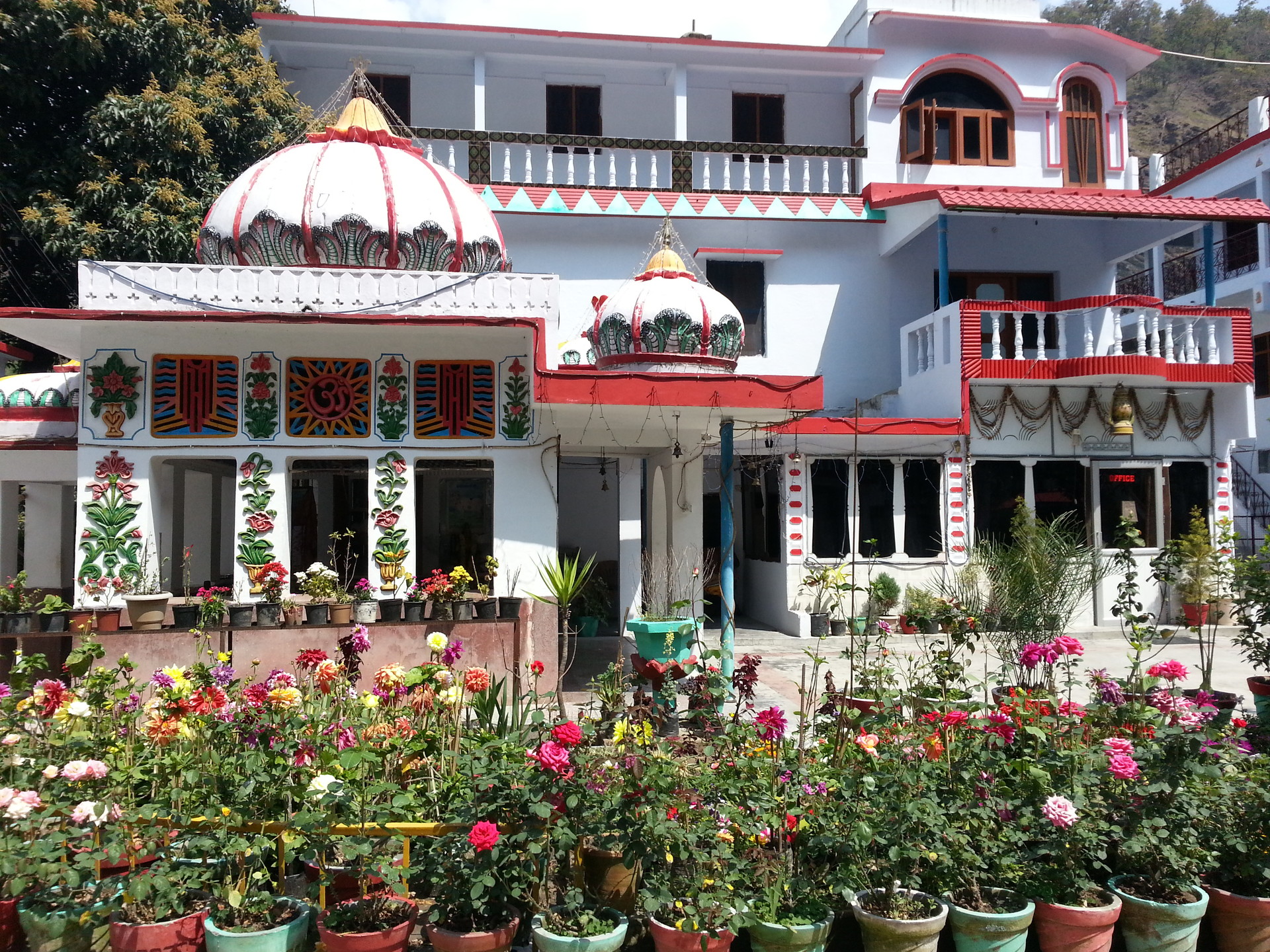
I got a private room for sleeping and storing my belongings. We could not use mobile phones or laptops, so these were left in storage.
The food was served on the roof in the morning and in the canteen during the day. Bathrooms were shared and sort of “hidden” – they had no signs, so you were supposed to guess whether you were at the right door. Please note that no general rule exists regarding the use of toilet paper in India, so it’s a good idea to have your own.
The program in the Phool Chatti Ashram was a mix of different types of yoga, meditations and other spiritual practices, with a well-designed structure. Each day was slightly different from the others.
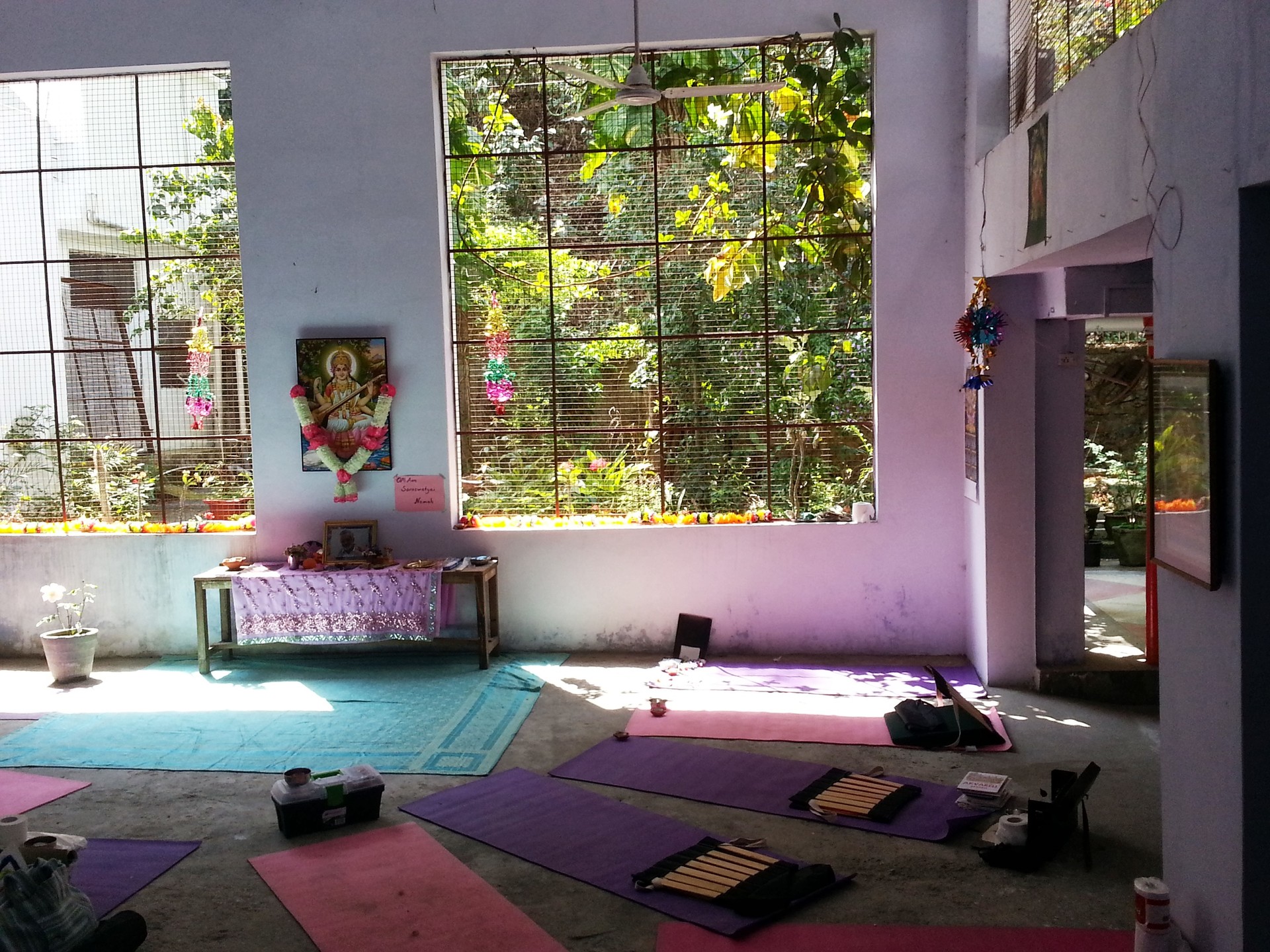
We had two teachers. One was Kristina Ji, born and raised in the Western world, who supervised us mainly in meditation, nature walks, spiritual discussions and karma yoga. The other was Lalita Ji, who oversaw physical yoga exercises, cleansing, pranayama (breath exercises), chanting, etc.
Each morning we woke up at around 5 a. m. and started the day with a guided meditation, which was followed by nose cleansing, pranayama, hatha yoga and, finally, as a reward for the heavy morning work – breakfast. Hatha yoga was the toughest physical exercise and not everyone could do it from the beginning to the end.
The breakfast was self-service and typically consisted of a watery but tasty porridge with pomegranate seeds and masala tea (black tea with milk and spices made in the Indian way and a “must try”).
Shortly after the meal, we attended karma yoga. Karma yoga, as an unselfish action in Phool Chatti, was about volunteering to clean the ashram’s territory. It had a lot of accumulated sludge and we were the work force that cleaned it up. Unfortunately, there wasn’t always enough equipment and gloves to get the job done; however, slowly but steadily the ashram became neater.
Each day was fully packed from 5 a. m. to 9 p. m. and we didn’t have much time to ourselves.
Meditations
Every day we had a couple-hours-long walk, either to the river Ganges, waterfalls or somewhere else in nature so that we would have a peaceful place in which to meditate.
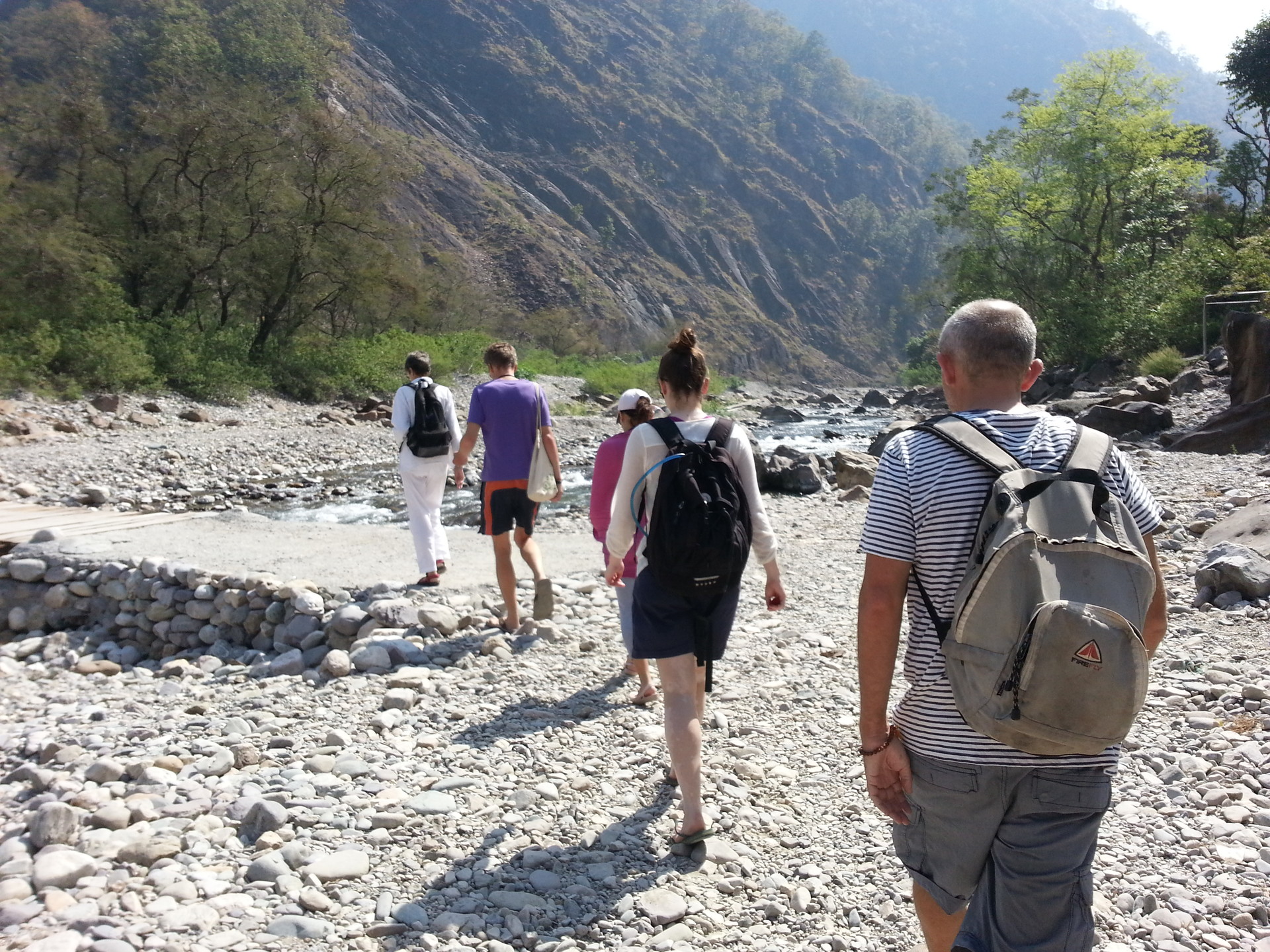
These outdoor meditations were the best moments of the day.
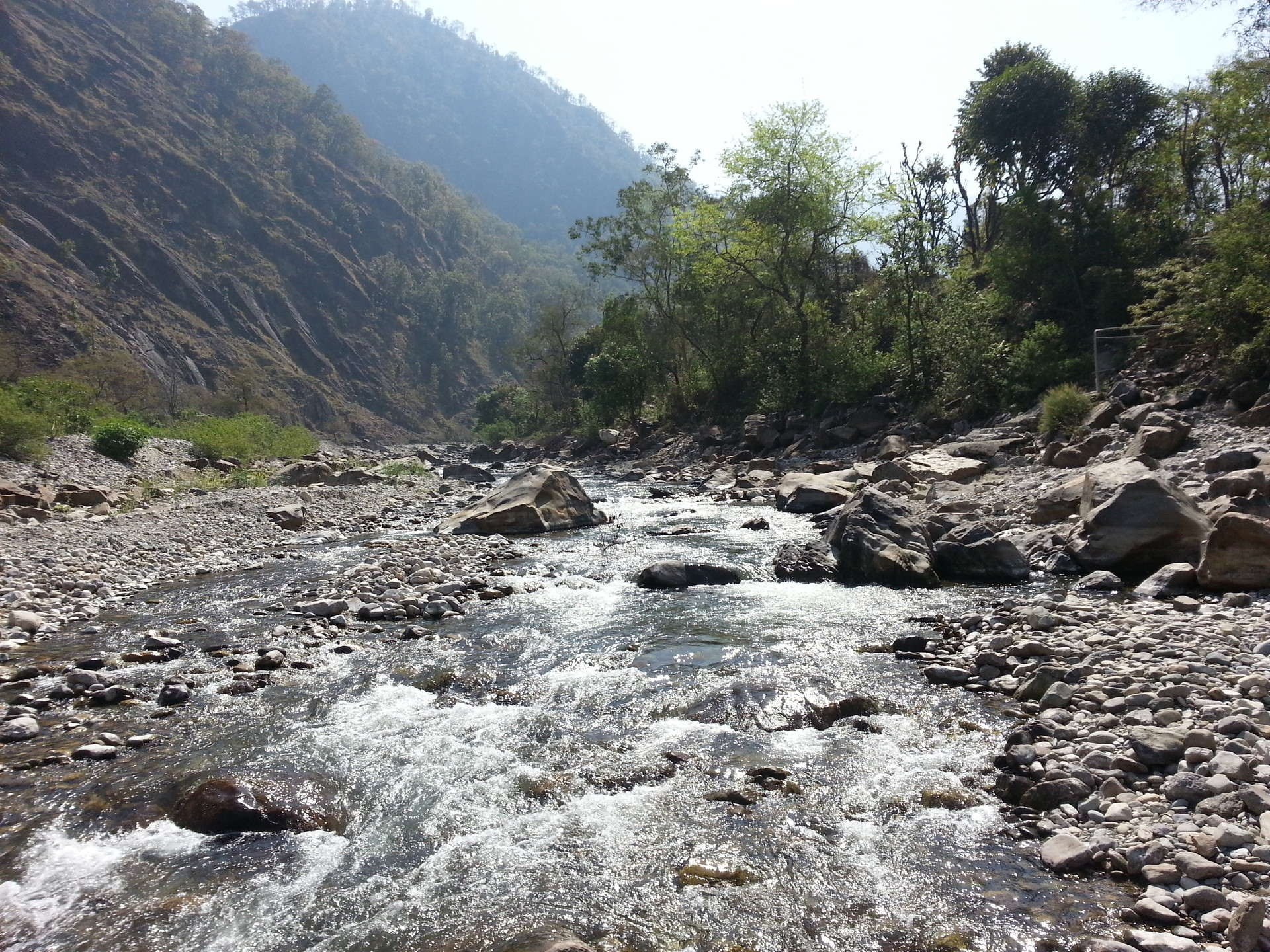
Kristina Ji, who looked to be in her early 60s, was our teacher for this part of the program. Originally from Australia, Kristina was cured of a serious health problem after following some spiritual practices in India. She made it her second home.
Before each meditation, we followed a special ritual of showing gratitude to nature.
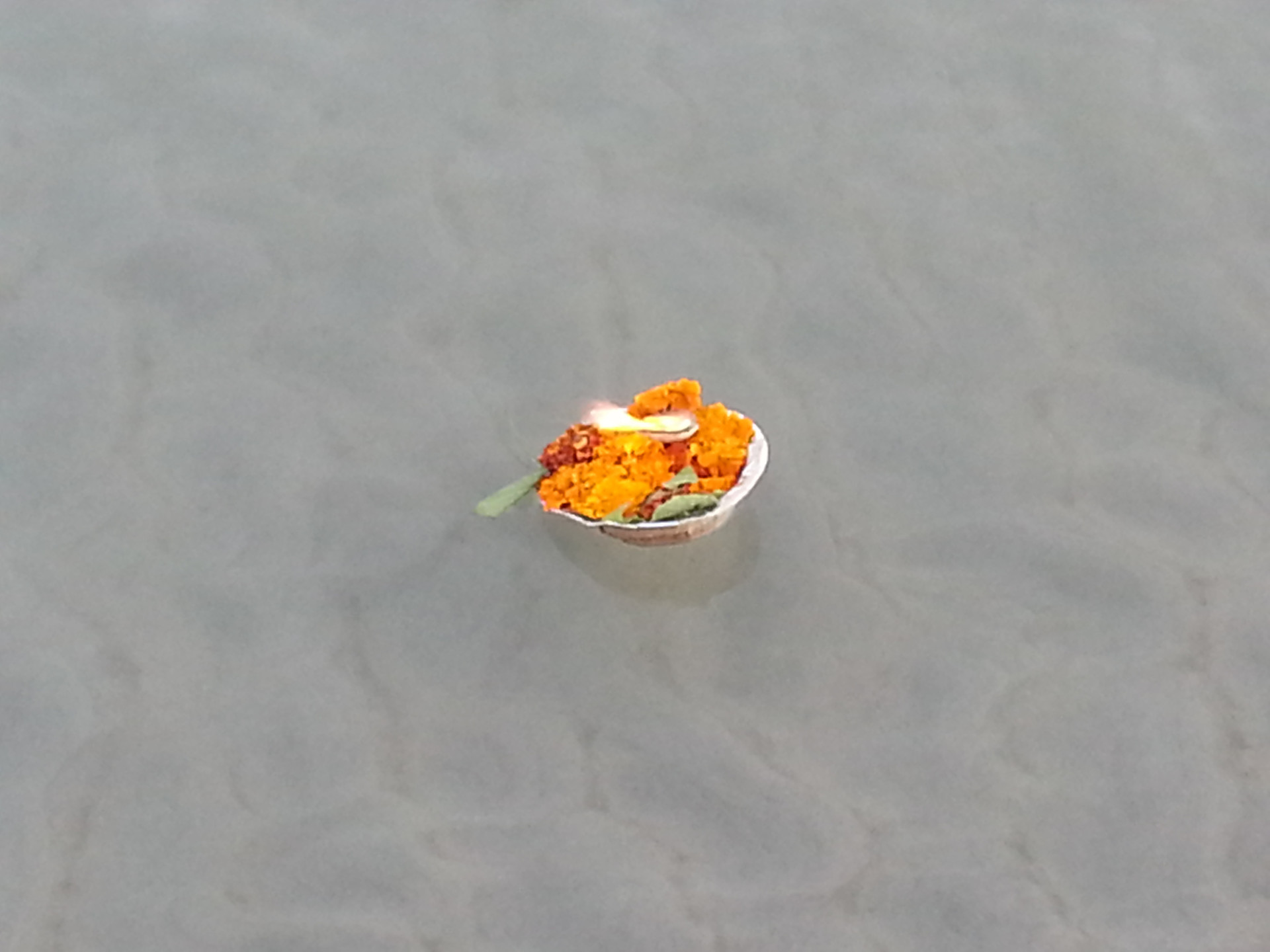
Kristina Ji introduced us to a meditation technique that was easy to implement and follow. As a matter of fact, while before this course I had been testing out different meditation techniques in the West, all of them were much less efficient than this one.
During the meditation sessions with Kristina, I made a discovery – meditation involves not only sitting in one place without moving for a long time, but it’s also an inner experience leading to mysterious spiritual revelations!
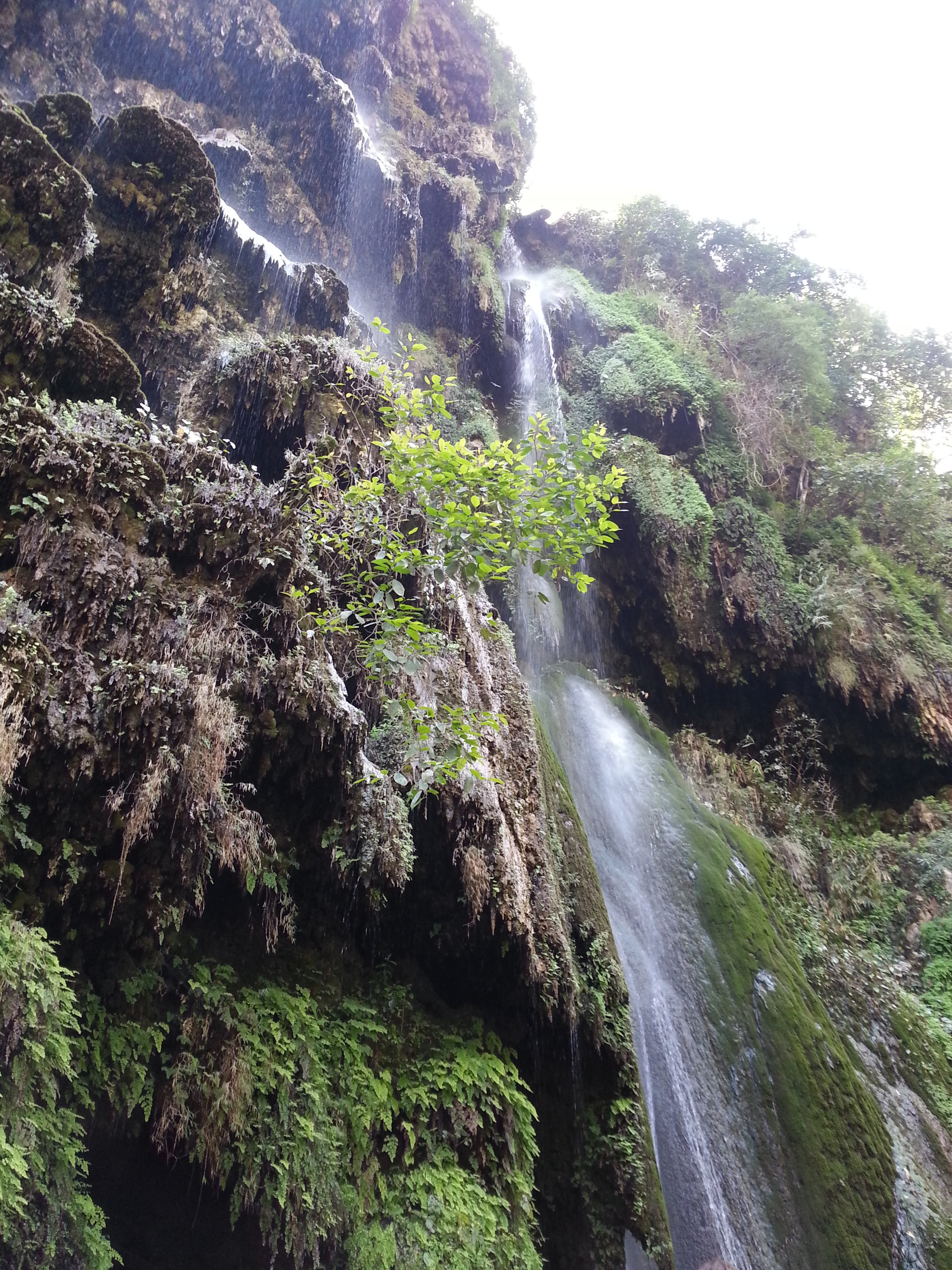
Kristina Ji introduced us to a golden rule – do NOT reveal your personal transcendental experiences to outsiders. We didn’t even share them with each other. I have to say that I didn't expect anything supernatural from those innocent walks and meditations, but I got it!
This was not only a new experience for me, but also a great stimulus for additional travel to India (in 2016) and additional spiritual investigations.
I appreciate Kristina Ji's contribution to this experience and wish her further success teaching Westerners the art of meditation.
Another fascinating part of the program was the afternoon’s spiritual lecture by Kristina Ji, with a question-and-answer session following. This was a good chance to engage in an individual "thinking exercise" as well as a team “brainstorming” session.
Unfortunately, I haven't gotten all the answers to my questions, so I’m still in the process of finding my own guru in the jungles of Spiritual Reality.
Lunch
Each day around noon we had a lunch inside the big canteen. The room was basic – there was neither furniture nor décor except for small carpets, which we used as seats.
The food was served on large metallic plates*** and water in metallic cups. (Metallic tableware is very common in India. ) Each person picked up a plate and a cup, chose a place to seat and waited for the food distributors.
Typically, for lunch we had fresh Chapati (a thin Indian white bread), cooked beans with vegetables and spices, and rice. The food was tasty and one didn’t feel hungry even if one wasn’t vegetarian.
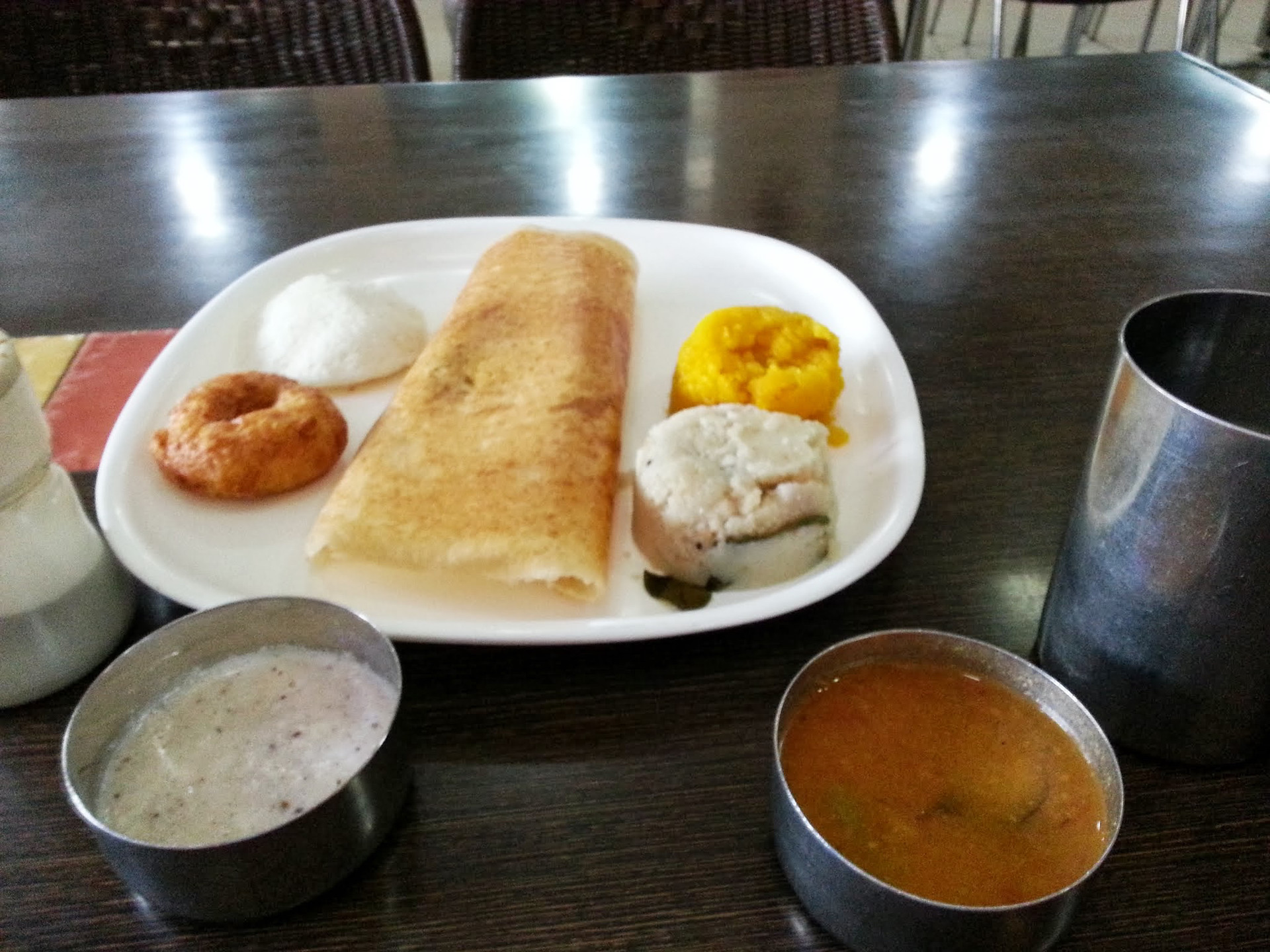
The food looked and tasted fine, but a day before leaving, I noticed that a worker serving food was wearing a dusty cloth. His pants looked awful. He had probably come to the canteen right after the construction work that was going on in the ashram. I wondered whether he (and the other attendants) washed their hands before serving the food. The floor where we sat also looked far from clean. I lost my appetite and skipped the food.
It’s almost impossible to avoid diarrhea in India, and this ashram was no exception.
After eating, everyone used a sponge and soap to wash their own dishes in the dishwashing room.
Note***: Metallic dishes are very common in India. However, be aware that hygienic requirements in the canteens (restaurants) in India are very low compared to those in the Western world. To protect themselves from disease, local people pour water into their mouths without putting their lips on the edge of the glass (! ).
Last days
Once or twice I met Swami Dev Swarupa Nand Ji, who was a developer of Phool Chatti Ashram and probably the father of Lalita Ji, as her full name is Sadhvi Lalita Nand. He looked friendly, but unfortunately he never spoke to our group about the ashram's history and current objectives, nor about his predecessor, the self-realized saint and philosopher Bramlin Swami Vishudha Nand Ji, whose “soul continues to oversee and protect this ashram”.
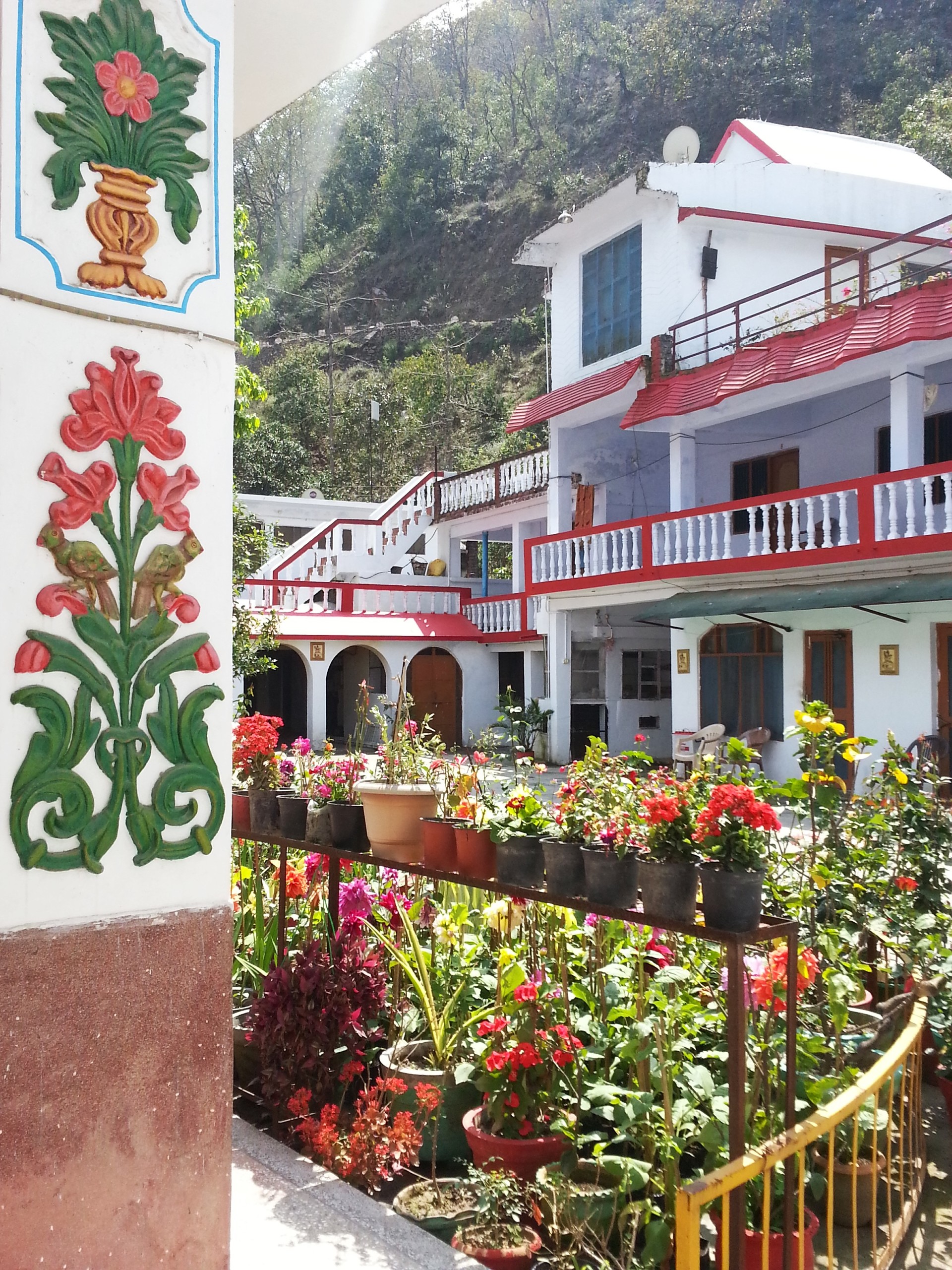
During the last night of the program, 23-24 March, a big fire was built on the sand close to the ashram. Each of us was supposed to engage in an individual performance about a country of origin. I choose the role of Universal Being and read a couple of excerpts from the poem of the famous Indian philosopher about our Higher Spiritual Brotherhood and their kind support of us.
Wrapping up, Kristin Ji led us through a guided meditation asking Earth for extra vitality; holding each other’s hands, we did it all together. At the end, we glanced at the clear black sky, which was full of sparkling stars. First I noticed ONLY the moon, but in a moment we were all amazed by a special phenomenon – two rings around the moon were shining at us. They were just a little bit larger in diameter than the moon itself. It was beautiful; nobody had seen this kind of phenomenon before.
On the morning of the last day, 24 March, a Sunday, we enjoyed a Sacral fire on the roof of the ashram.
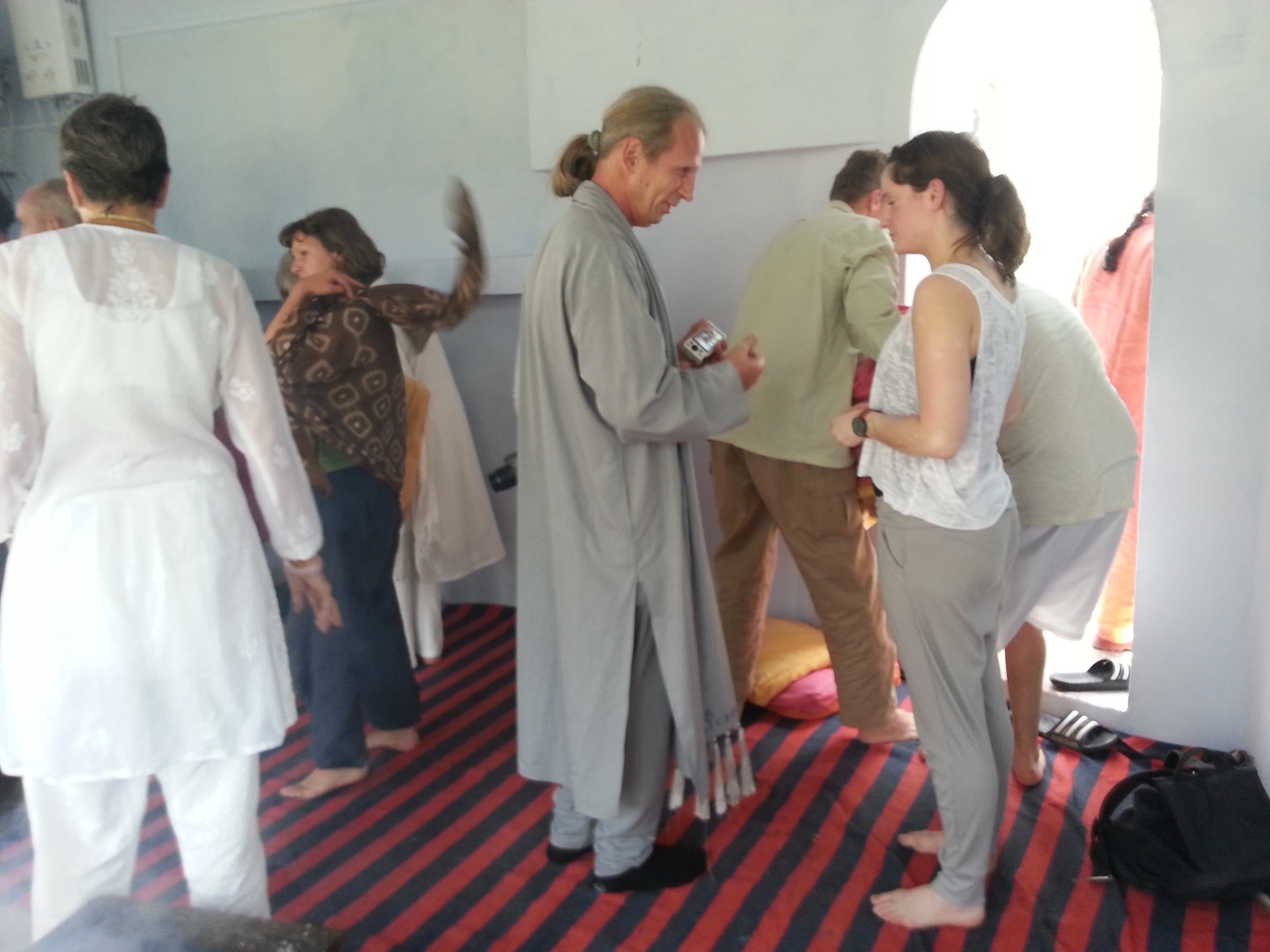
A day before, we had collected some special dry wood for this purpose. Lolita Ji brought special butter, a small statue of Shiva and some herbs. We chanted around the fire for about 45 minutes.
Conclusion
The Phool Chatti Ashram’s intensive course is a good option for anyone who has an interest in spirituality and/or curiosity about the Indian way of experiencing it. This is an introductory course for beginners and it not meant to offer deep, personalized question-and-answer sessions.
And hey, guys, the river Ganges has a spirit!
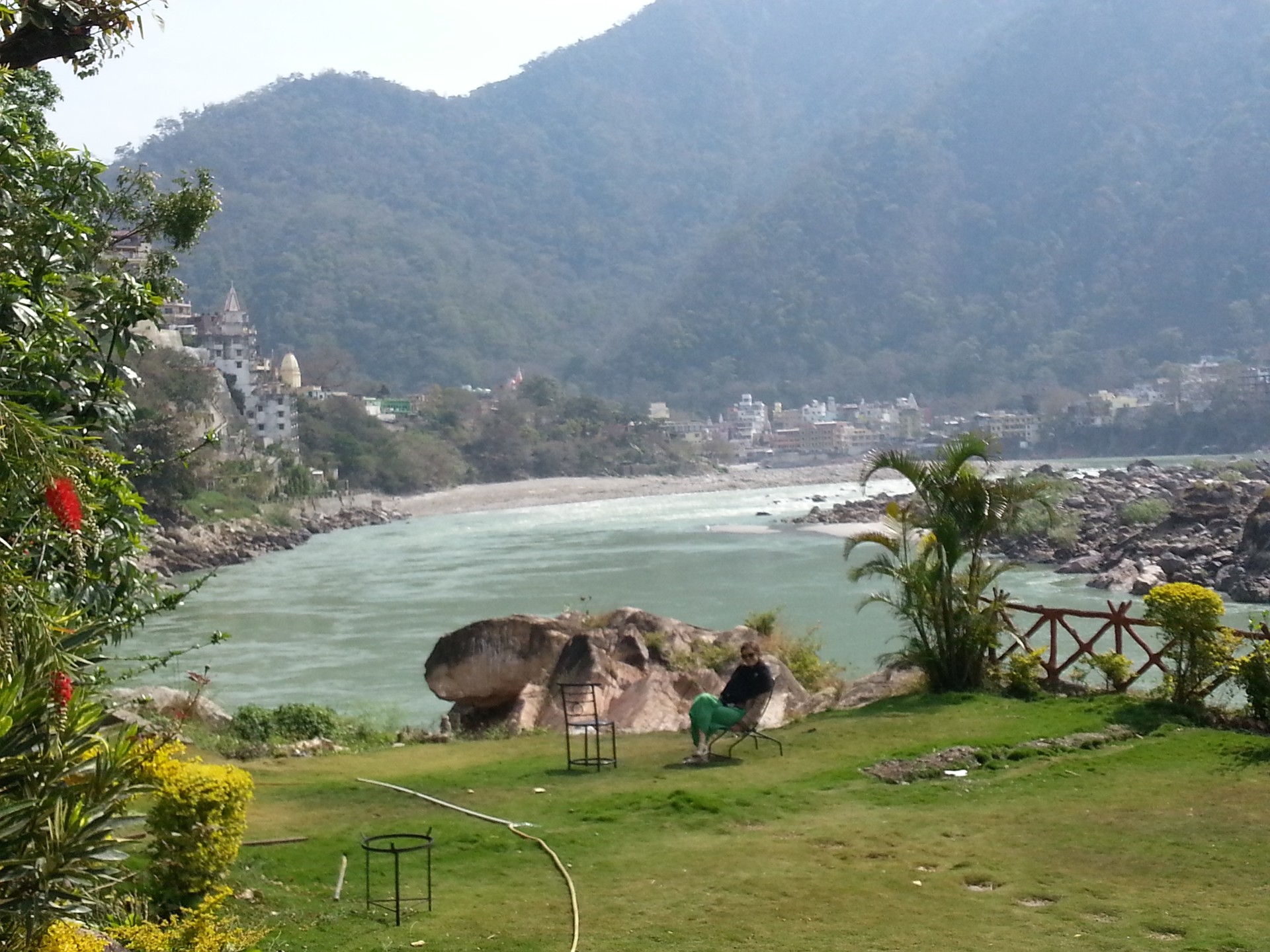
Photo gallery
Content available in other languages
Share your Erasmus Experience in Rishikesh!
If you know Rishikesh as native, traveler or as exchange student... share your opinion on Rishikesh! Rate different characteristics and share your experience.
Add experience →



















Comments (0 comments)